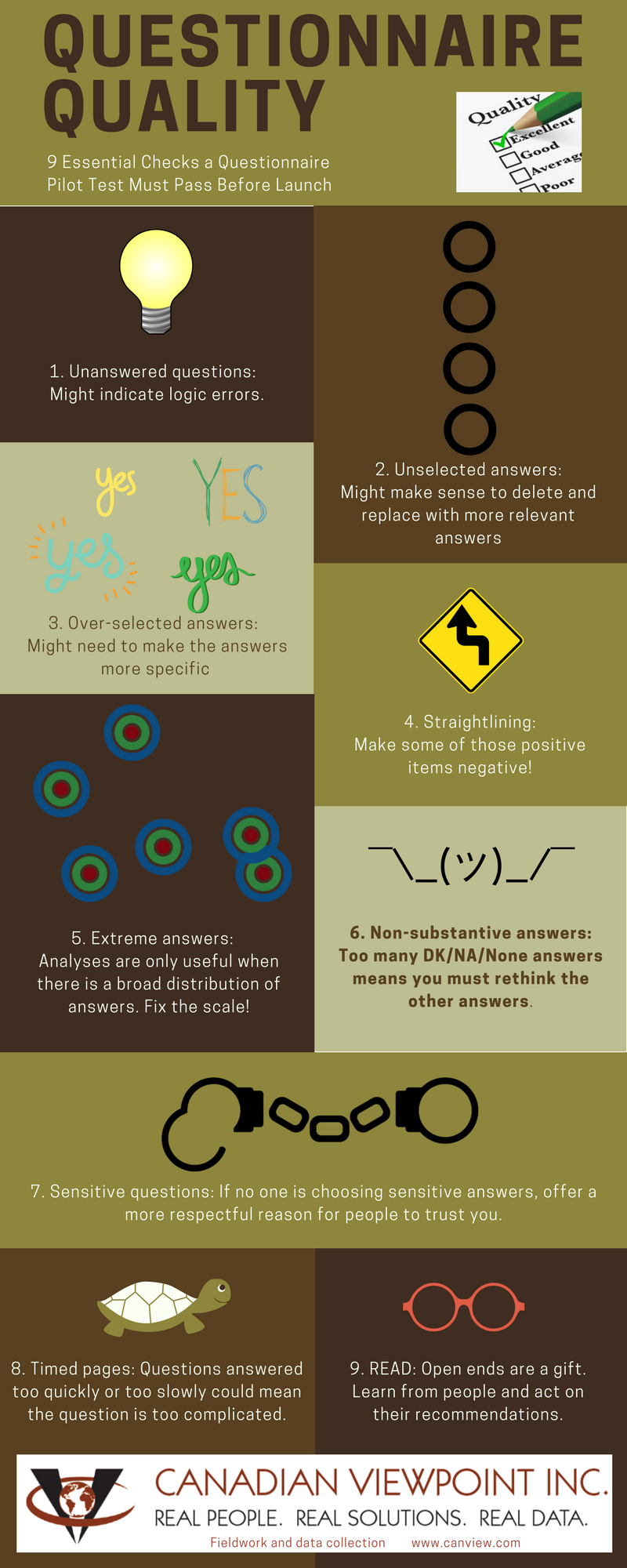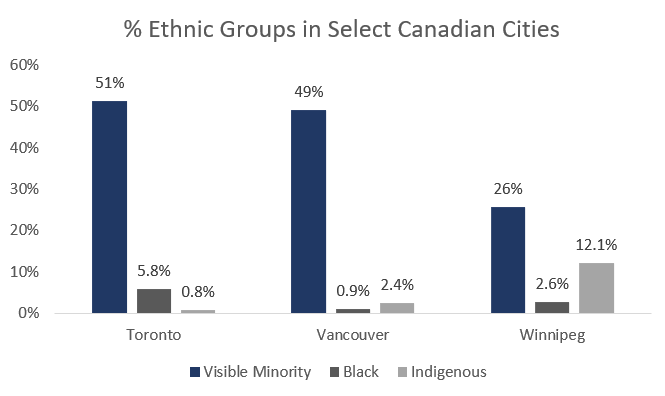“Additional interviews involving a particular sub-group of a sample to ensure there are
sufficient members of the sub-group in the resulting sample.”
– Insights Association glossary
Let’s consider an example. Suppose you are conducting a nationally representative study of an innovative new package design among 500 Canadians. Suppose further that you believe that left-handers might show statistically different results than right-handers. How many left-handers will fall out naturally in a sample of 500 people?

According to Scientific American, about 15% of people are left-handed. That means in our sample of 500 people, we expect that 75 will be left-handed. However, for many researchers, 75 is not sufficient to form a reliable sample.
One way to ensure their sample had at least 100 left-handers is with a boost. They might opt to collect a Nationally Representative sample of 500 research participants (the main sample) and boost that sample to achieve 100 left-handers (~n=25 boost sample).
Is boosting sample the only way to achieve 100 left-handers and obtain a better a read of the sub-group?
No. There are two other options.
- Increase the size of the main sample from 500 to 670. 15% of 670 is 100 so the researcher should achieve 100 left-handers.
- Use quota sampling. Set a quota for 400 right-handers and 100 left-handers. The sample remains at n=500.
So why use a booster sample?

Typically, researchers want to ensure that the main sample is representative of the population. This ensures that any post-calculations based on the main sample don’t have to be modified or weighted in special ways to retain national representation.
Often, researchers don’t want to impose quotas. They want to use a sample that is representative of the population and allow the sample to fall out as it will. In this way, they can discover more accurate incidence rates that are specifically tied to the study specifications.
In every case, when booster sample is used, researchers need to pay particular attention to ensure that the main sample remains representative of the population. And, data processors need to ensure they know precisely how the researcher wants the total dataset, the main dataset, and the boost datasets to be weighted.
When to start colleting boost sample?
As usual, there is no universally correct answer to this question. The setup and timing of the boost should always be aligned with:
- client desires,
- the original or revised quote,
- study feasibility, and
- timing requirements.
Every option has benefits and drawbacks, and need to be aligned with client needs costs, and feasibility, but here are some timing options that make sense:
- Concurrently with main sample. If you choose this option, ensure that the boost sample is coded differently than the main sample so that the nationally representative sample remains identifiable and the actual incidence rate can be identified.
- After all the main sample has been collected. This ensures that the boost can be identified not only by its unique group code, but also by the dates of completes. This method provides an extra layer of confidence and security.
- Or, in the case of quota sampling, collect the boost after the main sample quota has been reached.
Working with sample boosts doesn’t have to be complicated. If you have any questions, please get in touch with us. We’d be happy to help!
You might like to read these:




